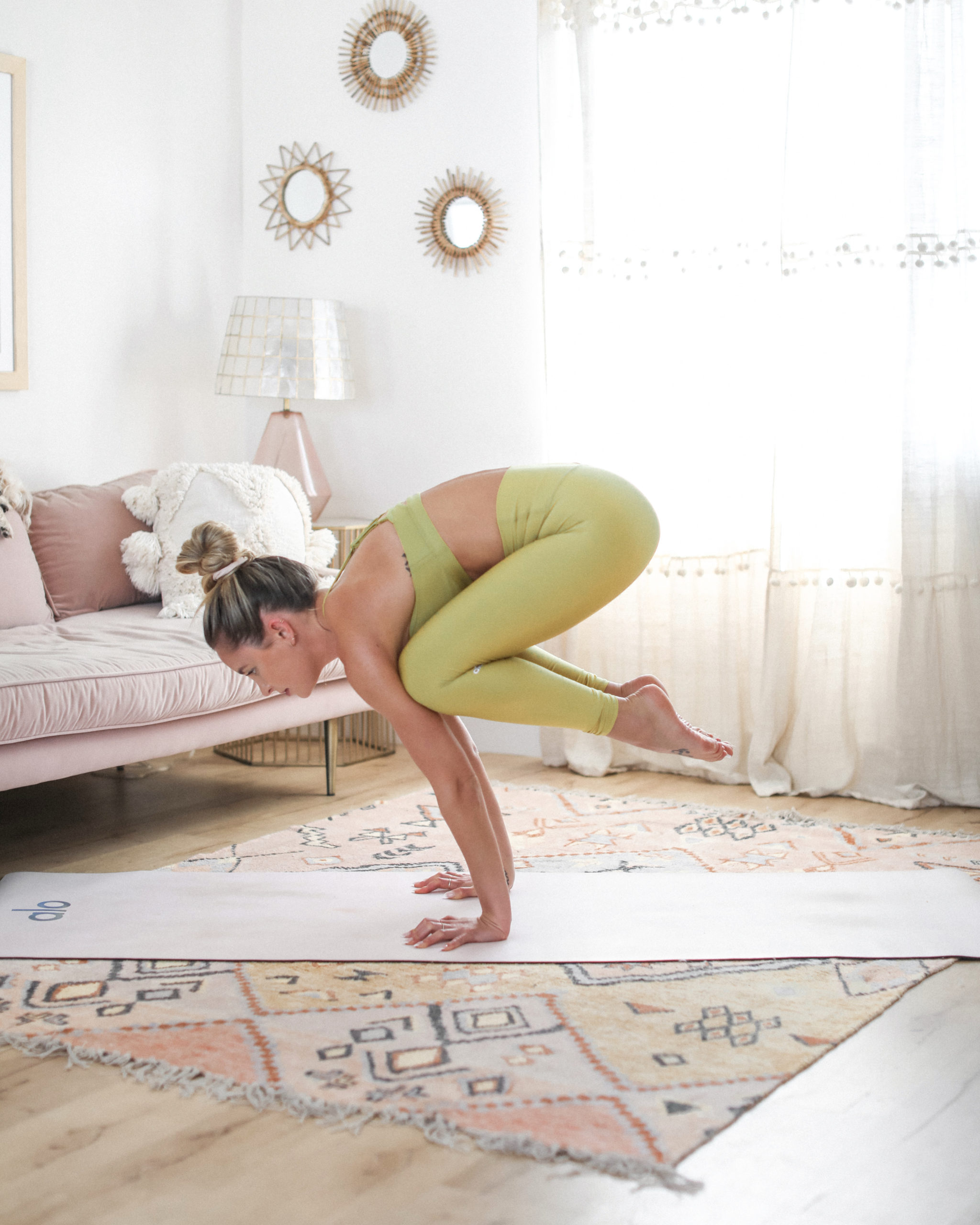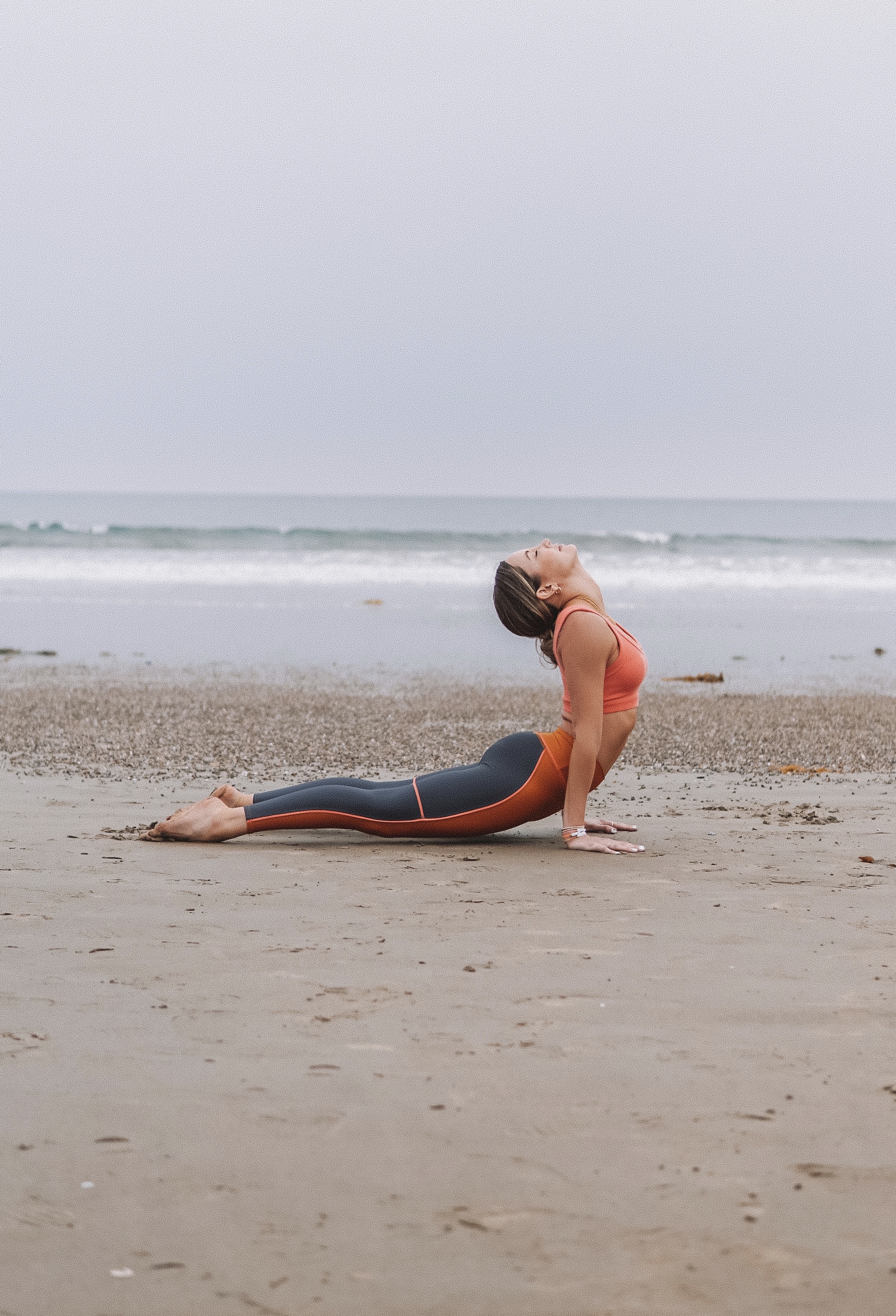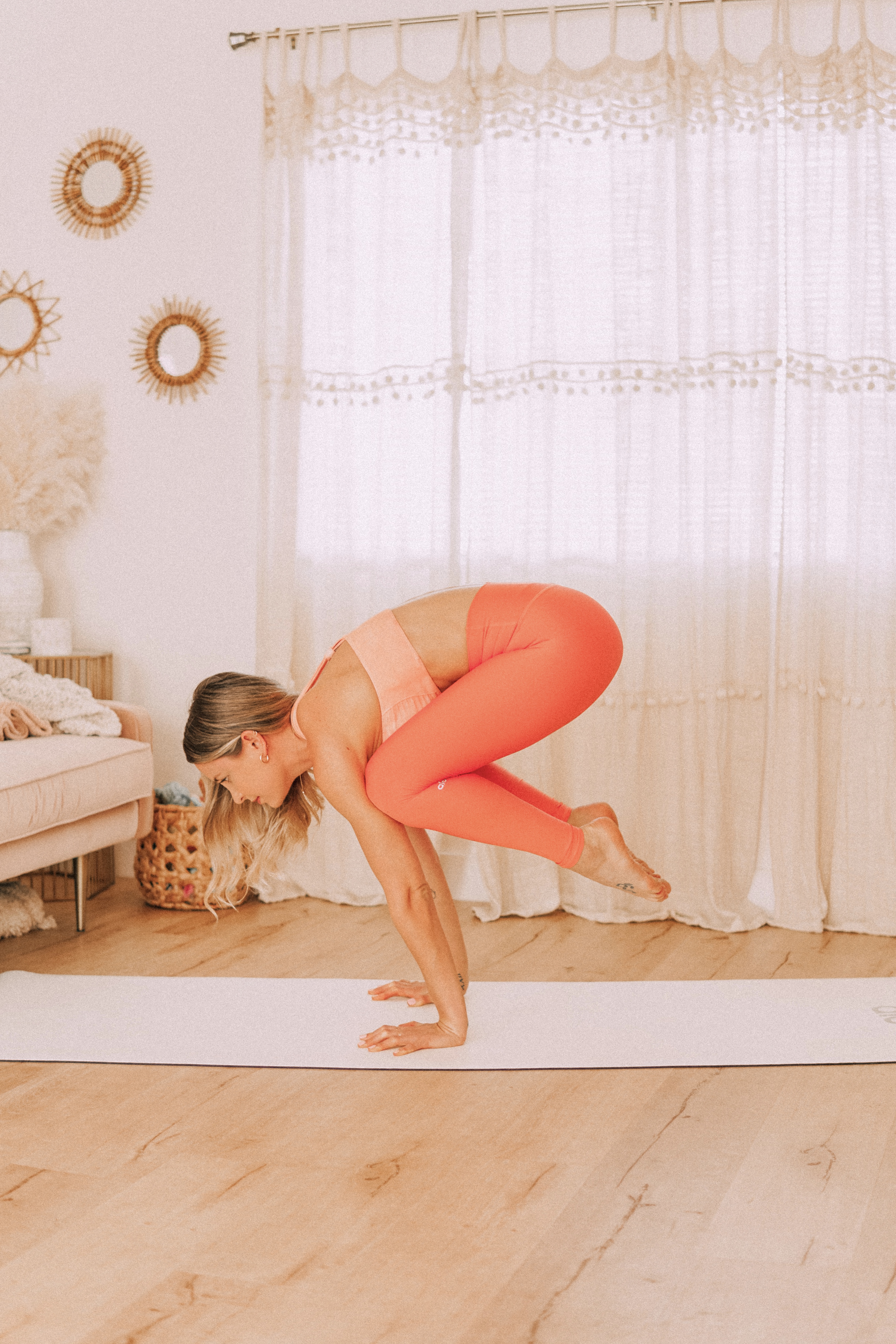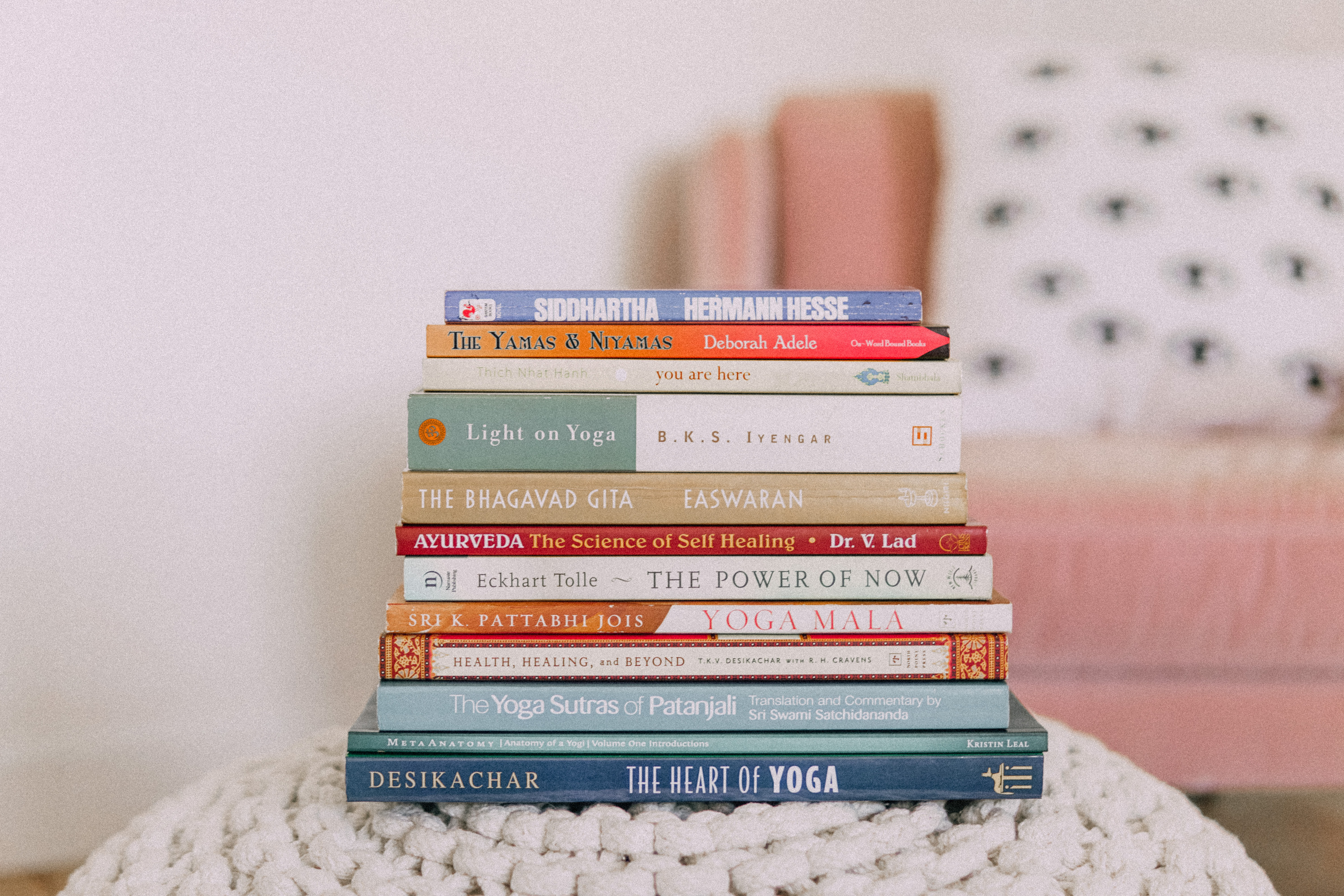MENU
Filed Under:

July 3, 2021
UP NEXT >>>
Styles Of Yoga
You are not alone if you have read the description of a yoga class and thought, “Vinyasa? Hatha? Iyengar? What do these even mean?” That is why today we are going to talk about common styles of yoga, plus break down what they are all about and how to pick the one that is right for you!
Today’s mantra: Less overwhelm, more YOGA!
There are many styles of yoga out there, and pending who you ask, you will actually get a different answer. So to simplify this, I am going to talk about the 8 most common styles of yoga. The ones that come up on the class options most often!
Hatha
Hatha yoga is the most basic form of yoga today. Just because it’s basic, though, does not mean it’s bad! Often when you see a class just titled “yoga,” it is likely to be a Hatha class! Hatha is usually pretty gentle with an emphasis on the breath and slightly longer holds than say, a vinyasa class. So, my beginners, this one’s for you.
In a Hatha class, you can expect to focus on basic poses and ensuring you have proper alignment. It is the form of yoga that encompasses all the rest, so the fundamentals are built in this style. Technically, all the other types we are discussing below fall under the umbrella of Hatha yoga!
Vinyasa
Vinyasa is all about the flow. Literally, it is about coordinating movement with breath to be able to flow pose to pose. Makes sense because Vinyasa translates to “arranged in a special way.” Clearly, by this definition, it encompasses many other styles of yoga, even ones we will talk about today.
For Vinyasa, the key factor is the breath to movement flow being the central theme. Beyond that, though, in a vinyasa class, expect a lot of sun salutations. Added bonus: you can expect to get your heart rate up because they are often at a faster pace!
Ashtanga
Ashtanga is Vinyasa 2.0! In this style, there is a specific sequence of poses (so don’t expect any variety in each given series!) there are five series, in which you must master every pose in each series before moving onto the next series. The purpose of this series is the purification of body and mind. As you read that, if you thought, “sounds sweaty,” you are not mistaken! Ashtanga reminds me a lot of ballet, it’s foundational, a little more rigid than other styles, and is very repetitive (not in a bad way, but just being honest here!)
In an Ashtanga class, you can expect to practice discipline, routine, and to get in a really freaking good workout. I feel like I am making this sound scary, but I promise it isn’t — just advanced! Number one benefit: you get really strong really fast when you stick to this style
Kundalini
Kundalini is a combination of breath, yoga, and sound. The goal is to pull the energy we each have at the base of our spine, through the seven chakras, and out the crown of our head. This practice is considered to awaken female energy.
In a Kundalini class, the typical structure will be an opening chant, followed up with a warm-up for your spine and a Kriya (a specific breath, posture, and sound pattern). You can also expect chanting or a closing song to finish out. For Kundalini, you have to be open to getting a little spiritual!
Bikram
Have you watched the Netflix documentary? It is interesting, but it won’t tell you all the fantastic things about Bikram beyond the TEA. So here is the real deal! Bikram yoga is sweaty and detoxifying. It is practiced in a humid room, anywhere between 95 – 100 degrees Fahrenheit.
Think hot yoga, but there is a specific difference between Bikram and just any hot yoga class. With Bikram, you follow a sequence of 26 yoga poses and traditionally two specific breath practices. If you find yourself seeking out a Bikram, you can look up the poses beforehand to know if they are following it precisely! I personally have never tried Bikram but I know people who have and they really love it.
Yin
Typically, a Yin class is super juicy! It is slow-paced, based primarily on the floor, and allows you to go deep into a meditative state. Poses are held between 3-5 minutes at a time, but don’t let this scare you; they are meant to gently allow your muscle fibers to stretch, which melts tension away!
Although Yin is often said to be great for beginners because of the long durations the poses are held, Yin can truly benefit yogis at any level. This is because this deep practice targets our connective tissues, which improves circulation and increases flexibility.
Restorative
Restorative yoga is the most mellow of them all. Don’t be caught off guard when you only do 4-5 poses total in a restorative class. This means you are doing it right! To support you being extra comfy in these longer poses, props like bolsters, blocks, and blankets are used.
In this style of yoga, your one goal is relaxation and self-awareness! It indeed emphasizes the meditative side of the practice, thanks to how long you hold each pose. Restorative is excellent at night before bed or just to help you get ready for a solid nap!
So, there you have it: my shortlist of the styles of yoga to cut the overwhelm and get you straight into the class meant for you! So how do you know what one is right for you? TRY THEM, BABE. And not just one — try them all. Without trying, you will never know!
My relationship with yoga is ever-evolving. YOURS IS TOO. That is the beautiful thing about it. So if you find one you love, stick with it. Get bored? Try another. Save this list for the day you get curious about a new studio, a new class, or just want to try something new. PS: if you haven’t already flowed with me virtually yet head to my YouTube channel for some free yoga! 🥰



Comments Link